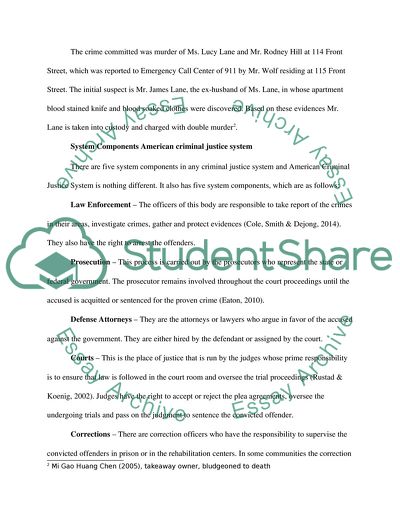Cite this document
(“US Criminal Law: A Murder from the Perspective of US Criminal Law Case Study”, n.d.)
Retrieved from https://studentshare.org/law/1659983-case-study-1-murder
Retrieved from https://studentshare.org/law/1659983-case-study-1-murder
(US Criminal Law: A Murder from the Perspective of US Criminal Law Case Study)
https://studentshare.org/law/1659983-case-study-1-murder.
https://studentshare.org/law/1659983-case-study-1-murder.
“US Criminal Law: A Murder from the Perspective of US Criminal Law Case Study”, n.d. https://studentshare.org/law/1659983-case-study-1-murder.


